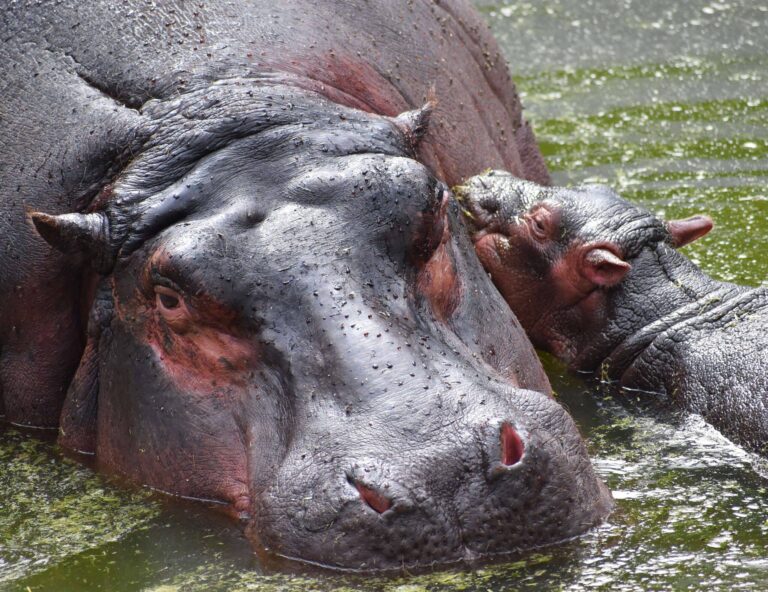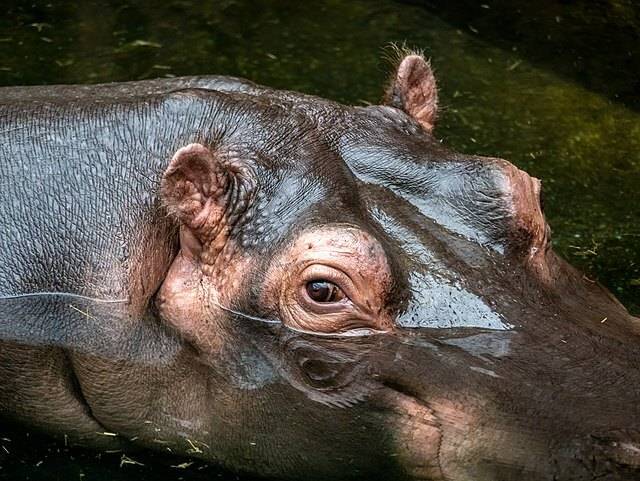- Home
- News
Trending Tags
- Wildlife
Trending Tags
- Indigenous
Trending Tags
- Geographic
- Home
- News
Trending Tags
- Wildlife
Trending Tags
- Indigenous
Trending Tags
- Geographic
Pablo Escobar’s Cocaine Hippos: The Unexpected Consequences
in
News
0
746
VIEWS
Leave a Reply Cancel reply
- Trending
- Comments
- Latest
No Result
View All Result
© 2023 RAW Tribe





































